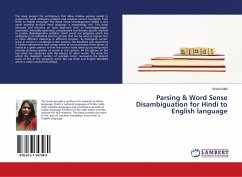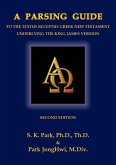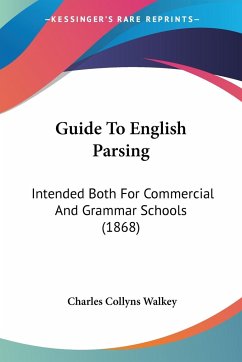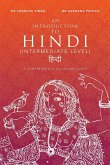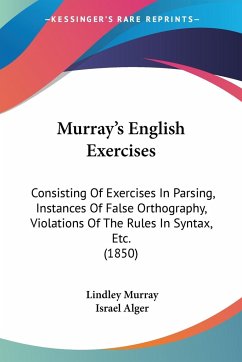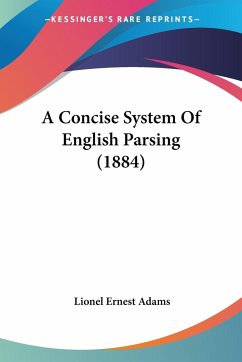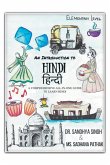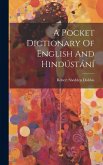The book present the architecture that allow shallow parsing model to resolve the word ambiguity problem and produce correct translation from Hindi to English language. The Word Sense Disambiguation (WSD) is very much essential because Hindi language is morphology rich. This book discusses and focusing on basic approach such as Knowledge-based, supervised, minimally supervised, unsupervised and domain specific method to resolve disambiguation problem. Hindi words are polysemy which has ambiguity in an individual word in phrase that can be used to express two or more different meanings in different contexts. To distinguish correct sense in words is a challenge in NLP systems. The Modified Lesk algorithms is further enhanced to find correct sense of word between three pieces of words in a given context to find the correct word sense by counting word overlaps between glosses of words in the context. All the glosses of the key word are compared with the glosses of other words. The sense for which the maximum number of overlaps occur, represents the desired sense of the of the polysemy word. We use Hindi and English WordNet which is used in lexical knowledge.
Bitte wählen Sie Ihr Anliegen aus.
Rechnungen
Retourenschein anfordern
Bestellstatus
Storno

